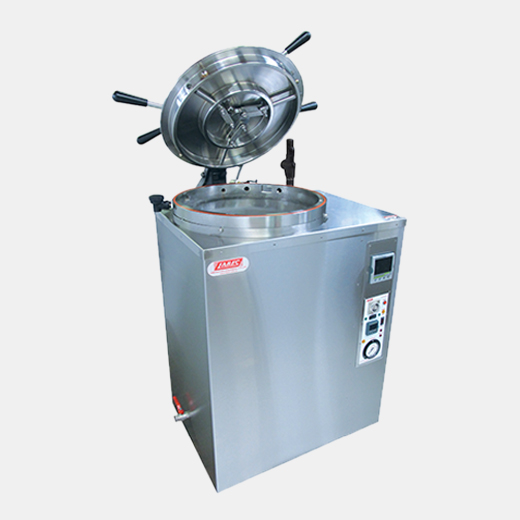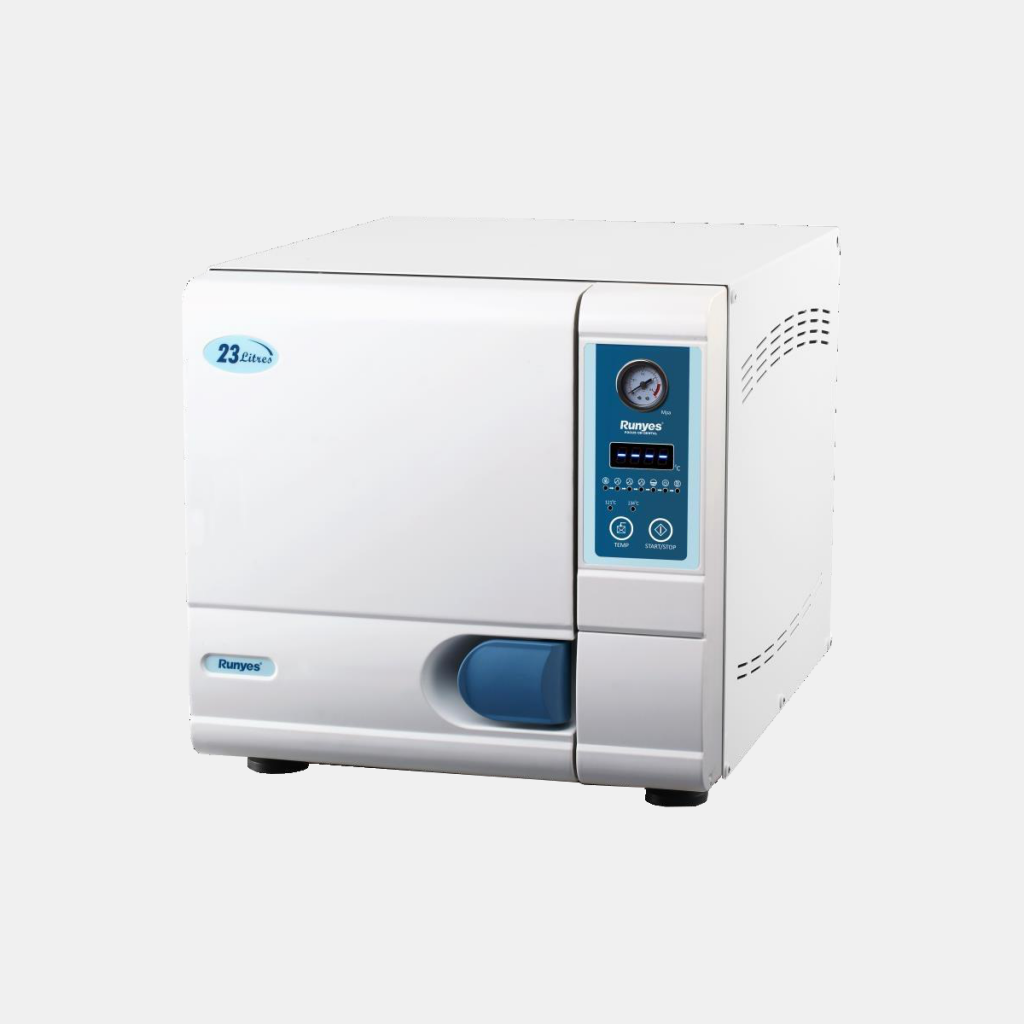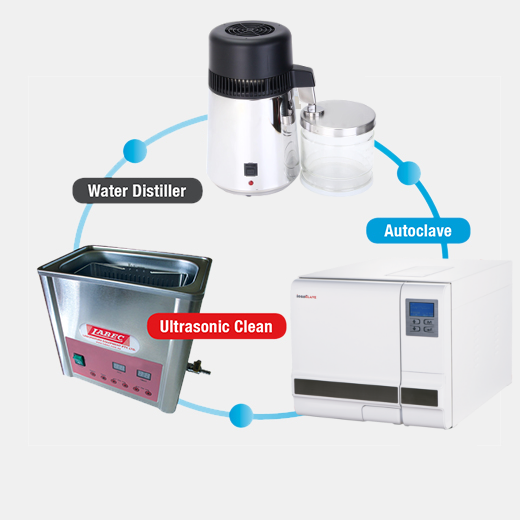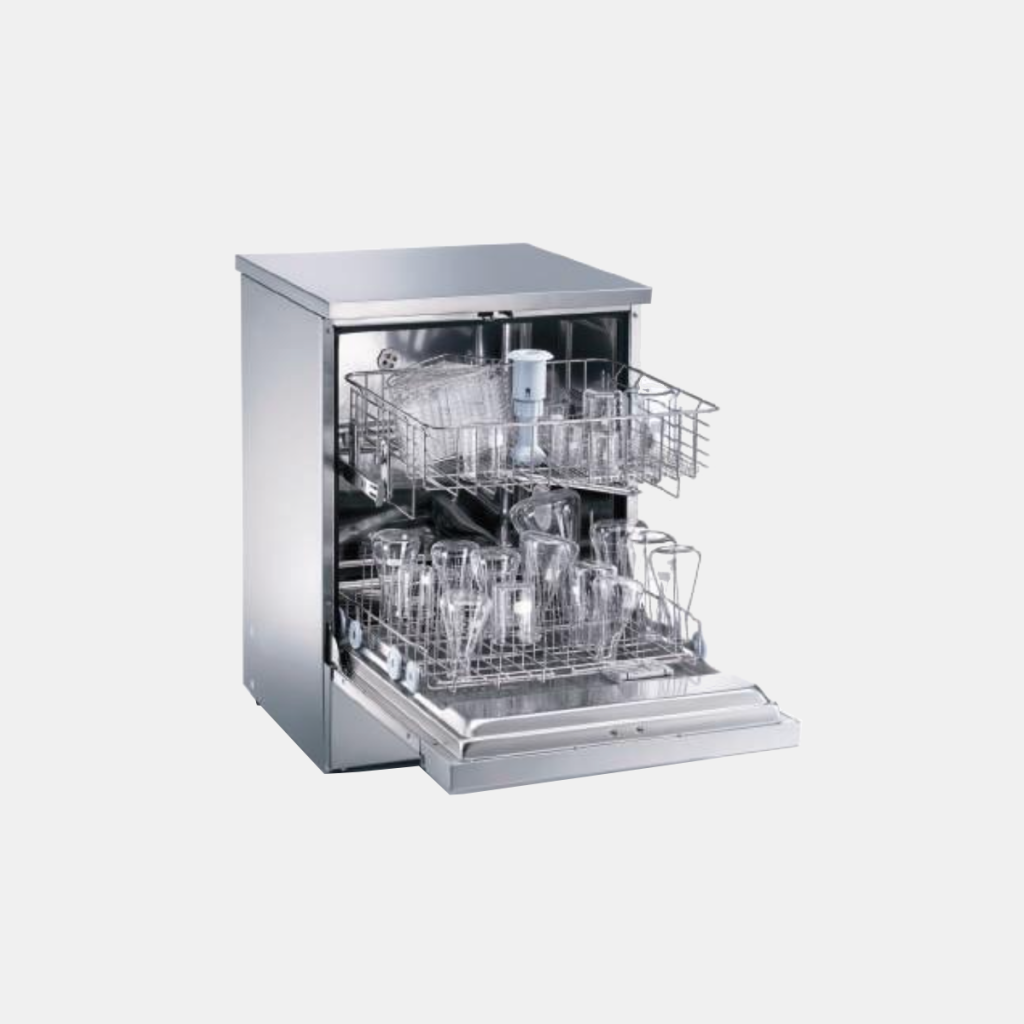Autoclaves & Dry Sterilisers
Autoclaves and dry sterilisers are essential to ensuring safety and hygiene requirements are met during laboratory activities. Using a combination of steam, pressure, and vacuum features to create sterile environments, browse our range of autoclaves and dry sterlisers that are available with varying degrees of maximum temperatures for maximum reliability.





Frequently Asked Questions
How can I choose the right laboratory autoclave for my specific research needs?
To choose the right laboratory autoclave for your specific needs, consider the volume and type of material you will sterilise, available space, loading requirements (front or top loading), automation options, and cleaning capabilities. Additionally, calibration and performance qualification testing are essential for ensuring autoclave machines’ reliable functionality.
What is the difference between autoclave sterilisation and dry sterilisation methods?
Autoclave sterilisation uses high-pressure steam to achieve sterilisation, while dry sterilisation methods rely on heat without moisture. Autoclaves are suitable for heat-resistant materials, while dry methods are used for heat-sensitive items. The choice primarily depends on material properties and sterilisation requirements.
Are there specific materials or items that are better suited for autoclave sterilisation over dry sterilisation?
Yes, autoclave sterilisation is best suited for heat-resistant materials such as glassware, metal instruments, and certain plastics that can withstand high temperatures and moisture without damage or compromise. On the other hand, dry sterilisation works best for heat-sensitive materials that may be adversely affected by exposure to moisture and high temperatures and moisture.
How can I choose between autoclave and dry sterilisation for my specific sterilisation needs?
To choose between autoclave and dry sterilisation methods, consider the items’ nature and their tolerance to heat and moisture. Autoclave sterilisation is effective for heat-resistant materials while dry methods are better suited for heat-sensitive items. Hence, you need to assess the requirements of your specific sterilisation needs, such as the types of materials involved and any potential risks or limitations.
